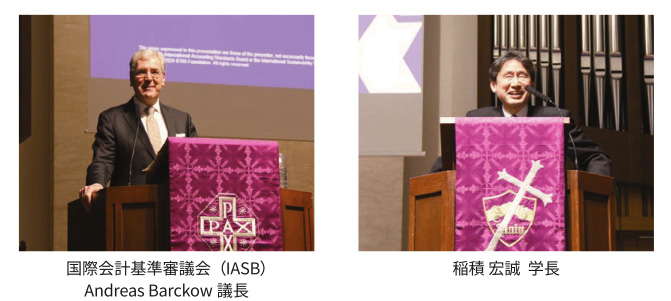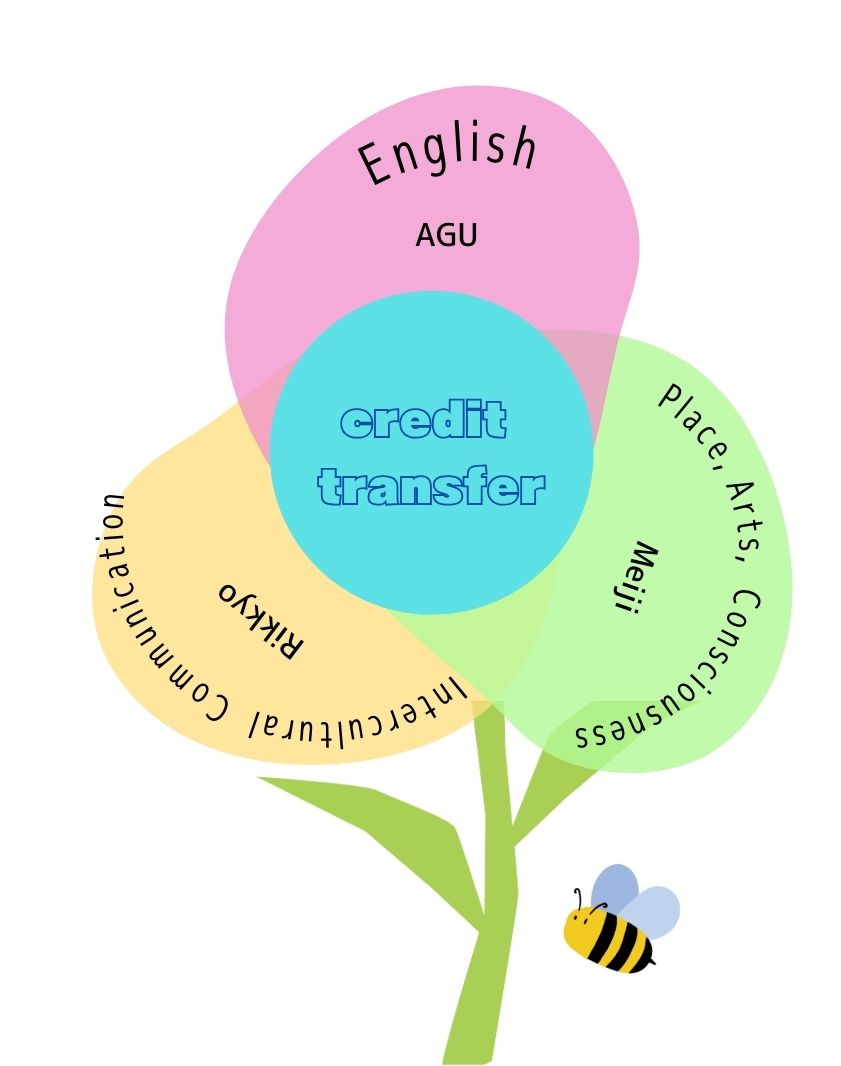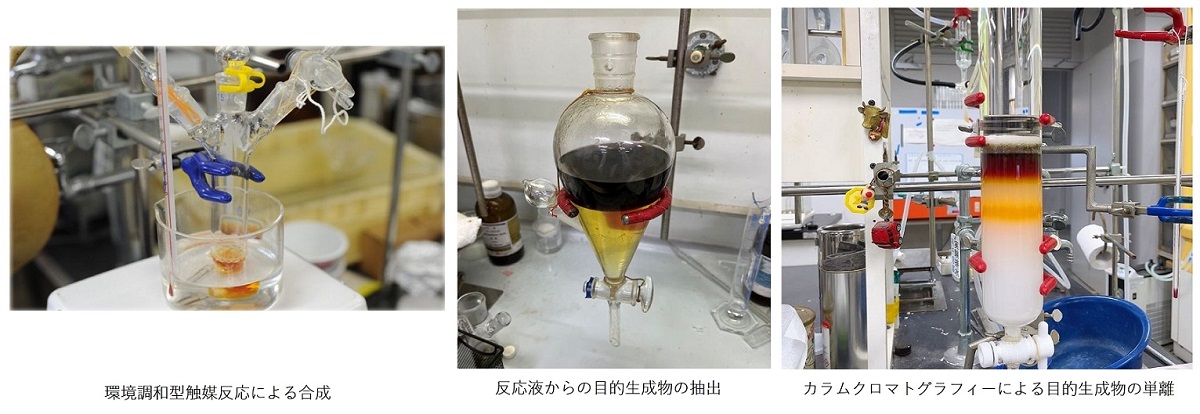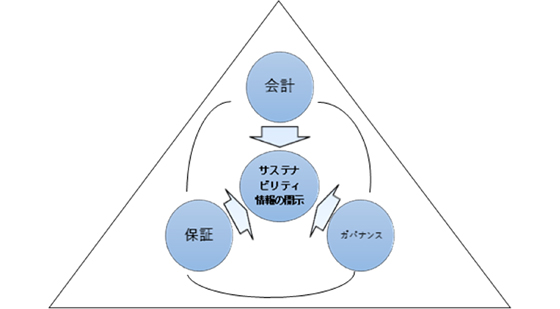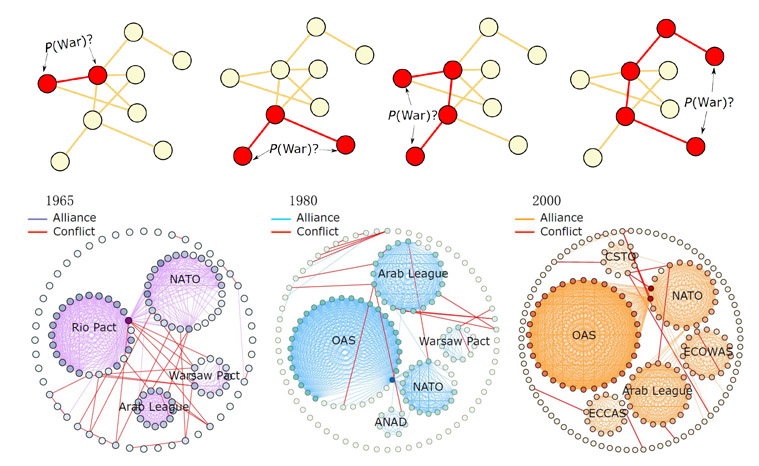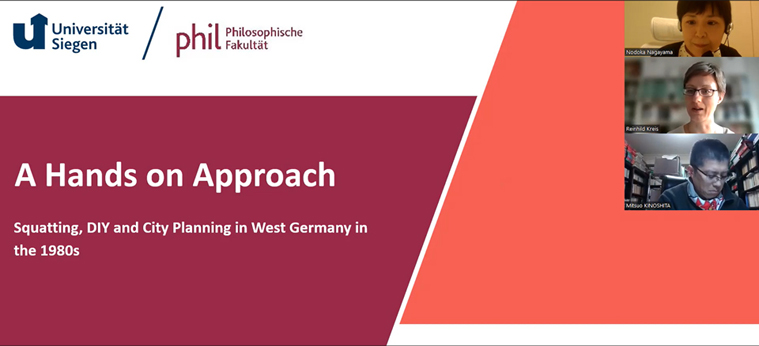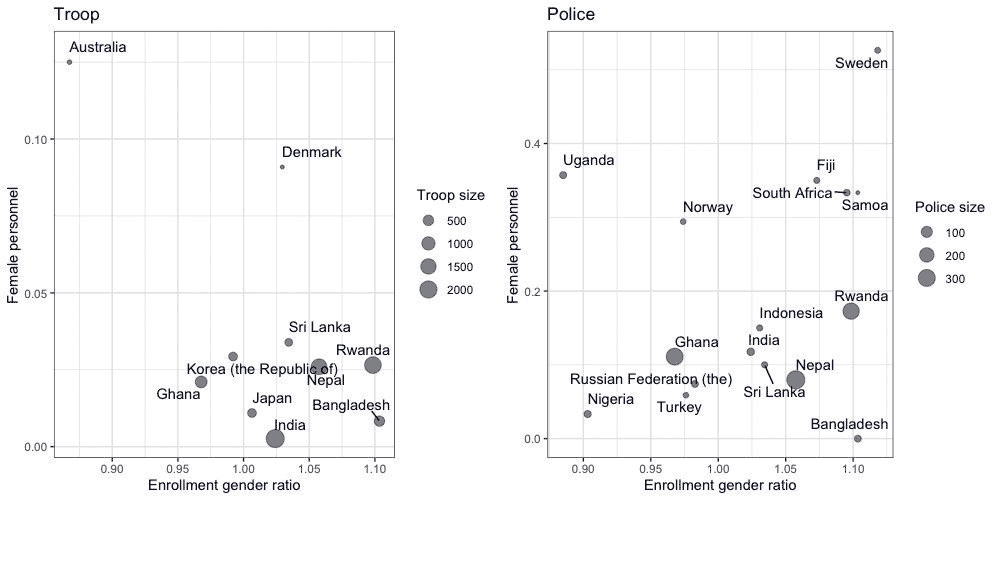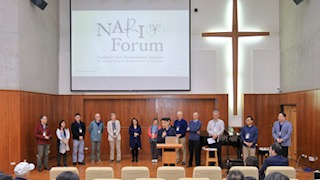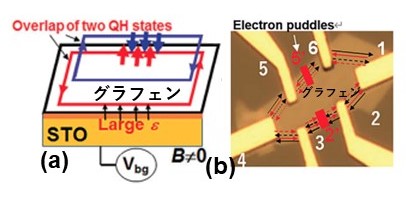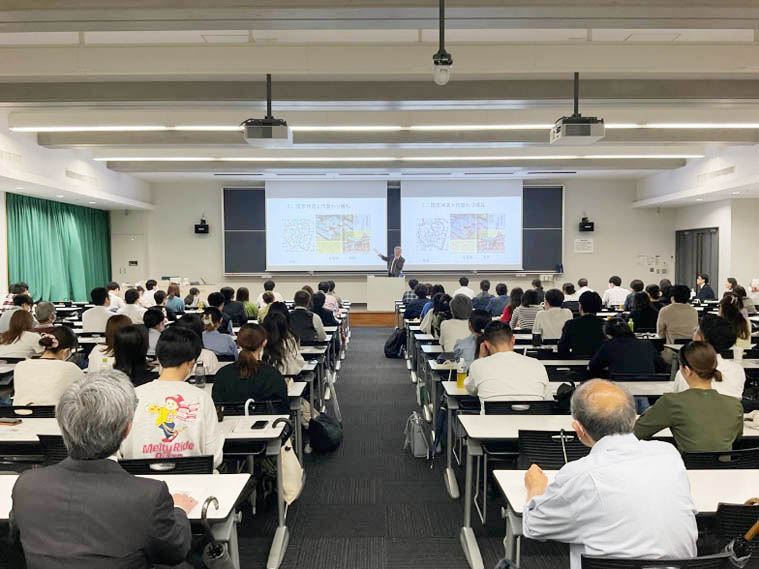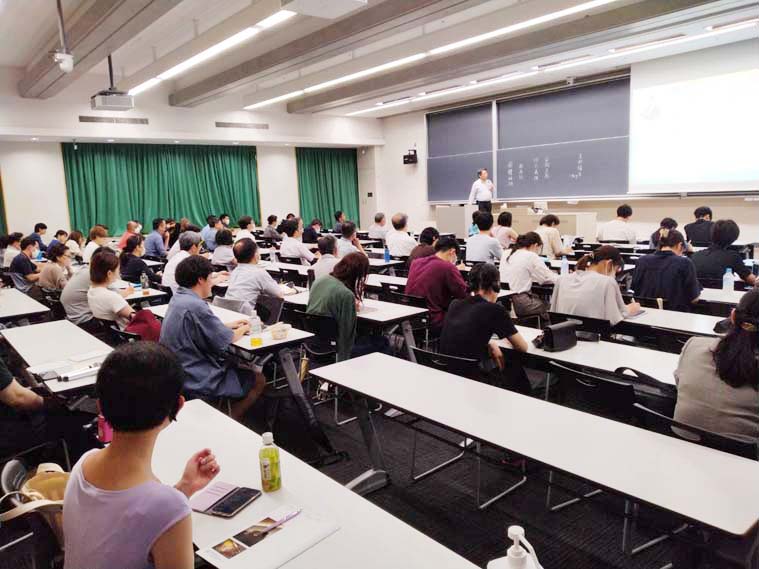総合研究所の目的は、青山学院大学の研究を推進する拠点となり得る優れた研究の支援を行い、その研究力をもって国際社会のサステナビリティに貢献することです。本研究所は2018年4月より、全学的な視野に立った統合的な研究事業を行うために設置された統合研究機構の中に位置づけられることになりました。
その2018年より、国連が採択したSDGs(持続可能な開発目標)に関連した研究に対して支援(「SDGs 関連研究補助制度」)を行って参りました。本学には、17あるSDGsの開発目標から、とくに11の研究に取り組んでいる教員が数多く在籍しているため、これまで個人レベルで行われてきた当該研究について、青山学院大学全体で国際社会が直面している課題解決に向けて貢献することを目指すための支援です。当研究所が発刊する『NEWS SOKEN』では、この4年間で「SDGsが意図するものとは?」から「サステナビリティと地球」へ、そして「サステナビリティと人権」へと続き、本年度は「サステナビリティとガバナンス」と題した特集を組みました。そこでは、「私学法改正に伴う大学におけるガバナンスのあり方」の座談会を通して、人材育成をもってSDGsへの貢献を担う大学のサステナビリティを高めるための企画です。
SDGs研究がより身近なものであることを示すために、2023年度もいくつかのイベントを開催致しました。9月23日には、SAM氏(青山学院大学ジェロントロジー研究所 客員研究員)をお招きして、豊かな人生を過ごすためのリズムに合わせて身体を動かす「ダレデモダンス」の楽しさを会場の皆さんもダンスをして共有しました。26日には、今年で3回目となる青山学院・中高等部生を対象にしたSDGsフォーラムにおいて、日本航空のチーフCAとホテル三日月社長をお招きして、「何を大切にしてコロナ禍を乗り超えたのか」についての様々なエピソードを交えてお話し頂き、そこではSDGsへの理解が重要なことを皆で話し合いました。
総合研究所の活動の中心にあるのが「研究ユニット」と呼ばれる共同研究への支援です。本学の教員に加えて、第一線で活躍する学外の研究者を交えて組織される「研究ユニット」は、3年程度をかけて、人文科学、社会科学、自然科学に及ぶ幅広い分野の研究を実施して「総合知」の創出を行っており、新しい時代の課題に果敢に取り組むべく研究プロジェクトです。
総合研究所では、『NEWS SOKEN』と『総合研究所報』を発刊しており、これらの刊行物は大学ウェブサイト総合研究所ページでご覧いただけます。ここでは、当該年度に研究を終了した研究ユニットの研究課題・内容の報告に加えて、研究成果の刊行を紹介しています。そして、本研究所の使命の一つである若手研究者(博士後期課程学生、助手、および助教)の育成を目的とした「アーリーイーグル研究支援制度」の採択者の中から、とくに優秀と認められた若手研究者の研究課題・内容を掲載し、また「SDGs 関連研究補助制度」の採択者の研究課題・内容についても紹介していますので、ご覧頂ければ幸いです。引き続きの皆様のご協力、並びにご支援をよろしくお願い申し上げます。
- MENU -
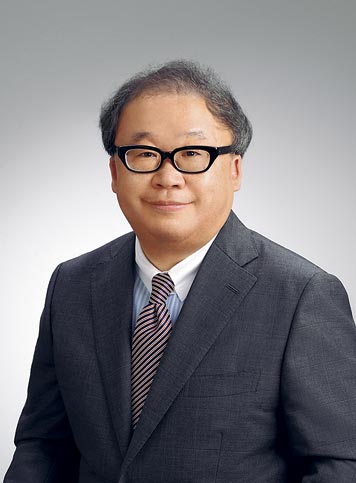
| 研究課題 (略称) | ユニットリーダー | 所属・職位 | 構成員数 |
| 〈人間以上〉の想像力と語り――環境人文学の研究教育基盤形成に向けて (環境人文学) | 結城 正美 | 文学部 英米文学科・教授 | 6名 |
| 体力や健康の維持増進に向けた電気刺激を用いた受動的トレーニングの開発 (健康増進方法) | 小木曽 一之 | 教育人間科学部 教育学科・教授 | 3名 |
| 光学活性芳香族複素環化合物及び光学活性芳香族化合物の環境調和型合成 (光学活性分子) | 武内 亮 | 理工学部 化学・生命科学科・教授 | 1名 |
| コーポレート・ディスクロージャーの総合的研究 (コーポ開示) | 小西 範幸 | 会計プロフェッション研究科・教授 | 12名 |
| 国際秩序変容の構造とメカニズム:ネットワーク・アプローチによる実証分析 (国際秩序研) | 林 載桓 | 国際政治経済学部 国際政治学科・教授 | 8名 |
| がん放射線治療の最適条件を探るための酸素プローブ開発研究 (酸素プローブ) | 田邉 一仁 | 理工学部 化学・生命科学科・教授 | 2名 |
| 住宅政策・構想が地域社会に与える影響に関する史的研究 (住宅と地域) | 永山 のどか | 経済学部 経済学科・教授 | 4名 |
| 国連PKOの文民に対する暴力抑制効果―ジェンダー多様性の役割 (女性とPKO) | 佐桑 健太郎 | 国際政治経済学部 国際政治学科・准教授 | 2名 |
| ミクロとマクロの境界における心臓における発生から修復機能の解明 (心臓血管機能) | 三井 敏之 | 理工学部 物理科学科・教授 | 2名 |
| 人口動態の変化が家計のエネルギー消費に与える影響:Multi-Scale Integrated Analysis of Societal and Ecosystem Metabolism (MuSIASEM)による予測 (人口と環境) | 松本 茂 | 経済学部 経済学科・教授 | 7名 |
| 聖書における「和解」の思想 (聖書的「和解」) | 左近 豊 | 国際政治経済学部・教授 | 5名 |
| 新奇低次元トポロジカル物質の開発とその次世代超低消費電力スピン素子応用 (トポロジー) | 春山 純志 | 理工学部 電気電子工学科・教授 | 2名 |
| 日本の教育における伝統思想とキリスト教学校の攻防 (日本の教育) | 森島 豊 | 総合文化政策学部 総合文化政策学科・教授 | 4名 |
| 留学生就職支援を目的とするICTを用いたビジネス日本語教育の実証的研究 (留学生支援) | 田中 祐輔 | 文学部 日本文学科・准教授 | 1名 |
| 研究課題 (略称) | ユニットリーダー | 所属・職位 | 構成員数 |
| 〈人間以上〉の想像力と語り――環境人文学の研究教育基盤形成に向けて (環境人文学) | 結城 正美 | 文学部 英米文学科・教授 | 6名 |
| 体力や健康の維持増進に向けた電気刺激を用いた受動的トレーニングの開発 (健康増進方法) | 小木曽 一之 | 教育人間科学部 教育学科・教授 | 3名 |
| 光学活性芳香族複素環化合物及び光学活性芳香族化合物の環境調和型合成 (光学活性分子) | 武内 亮 | 理工学部 化学・生命科学科・教授 | 1名 |
| コーポレート・ディスクロージャーの総合的研究 (コーポ開示) | 小西 範幸 | 会計プロフェッション研究科・教授 | 12名 |
| 国際秩序変容の構造とメカニズム:ネットワーク・アプローチによる実証分析 (国際秩序研) | 林 載桓 | 国際政治経済学部 国際政治学科・教授 | 8名 |
| がん放射線治療の最適条件を探るための酸素プローブ開発研究 (酸素プローブ) | 田邉 一仁 | 理工学部 化学・生命科学科・教授 | 2名 |
| 住宅政策・構想が地域社会に与える影響に関する史的研究 (住宅と地域) | 永山 のどか | 経済学部 経済学科・教授 | 4名 |
| 国連PKOの文民に対する暴力抑制効果―ジェンダー多様性の役割 (女性とPKO) | 佐桑 健太郎 | 国際政治経済学部 国際政治学科・准教授 | 2名 |
| ミクロとマクロの境界における心臓における発生から修復機能の解明 (心臓血管機能) | 三井 敏之 | 理工学部 物理科学科・教授 | 2名 |
| 人口動態の変化が家計のエネルギー消費に与える影響:Multi-Scale Integrated Analysis of Societal and Ecosystem Metabolism (MuSIASEM)による予測 (人口と環境) | 松本 茂 | 経済学部 経済学科・教授 | 7名 |
| 聖書における「和解」の思想 (聖書的「和解」) | 左近 豊 | 国際政治経済学部・教授 | 5名 |
| 新奇低次元トポロジカル物質の開発とその次世代超低消費電力スピン素子応用 (トポロジー) | 春山 純志 | 理工学部 電気電子工学科・教授 | 2名 |
| 日本の教育における伝統思想とキリスト教学校の攻防 (日本の教育) | 森島 豊 | 総合文化政策学部 総合文化政策学科・教授 | 4名 |
| 留学生就職支援を目的とするICTを用いたビジネス日本語教育の実証的研究 (留学生支援) | 田中 祐輔 | 文学部 日本文学科・准教授 | 1名 |
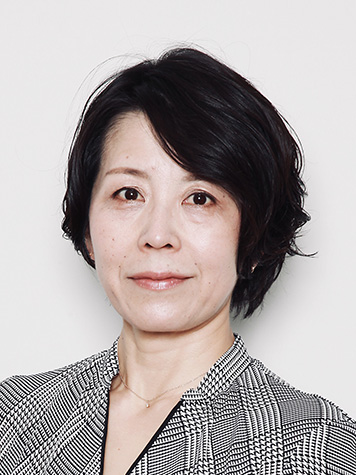
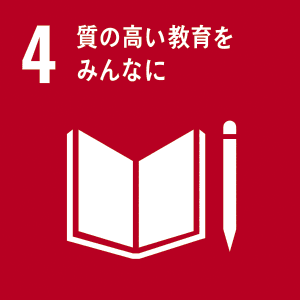
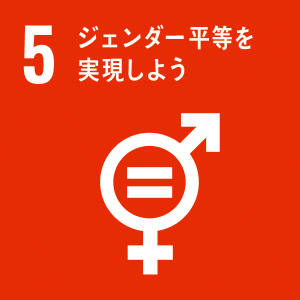
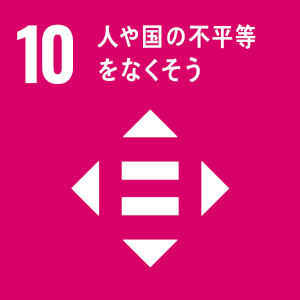
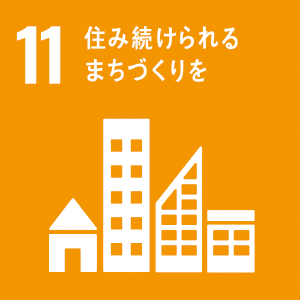
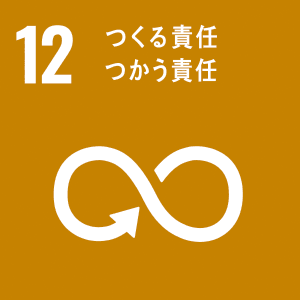
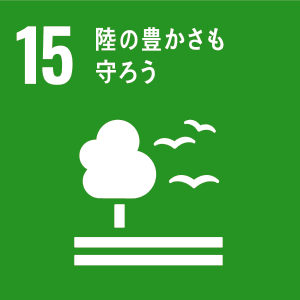
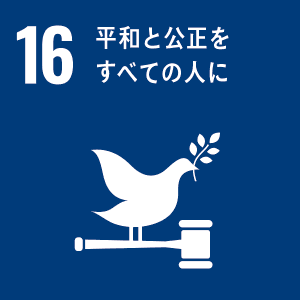
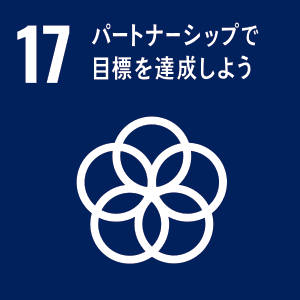
環境の危機は想像力の危機に由来しているという見解のもと、本研究ユニットでは、人間だけでなく人間ならざるものも含む〈他者〉との関係を〈人間以上〉という見地から考察しています。エコクリティシズム、サウンドスケープ、日本文学、アメリカ文学、イギリス文学、言語哲学を専門とするユニットメンバーが、それぞれの専門知を再調整しながら、本学における環境人文学の研究・教育ネットワークの確立を目指してきました。
2023年度は研究会を通してメンバー間の相互理解と研究課題の考察を深めるとともに、文学研究科英米文学専攻博士前期課程に〈環境人文学プログラム〉を設置する準備を支援しました。このプログラムは立教大学大学院異文化コミュニケーション研究科、明治大学大学院理工学研究科建築・都市学専攻総合芸術系、上述の本学大学院の共同運営によるもので(図参照)、2024年度に始動します。日本の高等教育において先駆となる画期的なプログラムです。
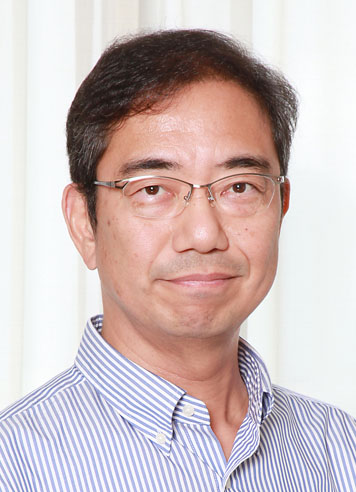

運動の習慣化は、生活習慣病やサルコペニア・フレイルなどの予防や改善に寄与します。しかし、その習慣化には様々な障壁があり、世界の成人の約25%しか十分な運動をしていません。そこで、本研究では、誰でもでき、努力や難しさもない完全に受動的な等速性サイクリング運動に電気刺激を組み合わせた方法を開発してきました。その結果、この運動は、労力を必要とせず、短時間、短期間のトレーニングで筋力を向上させ、日常生活での様々な動作を楽に感じさせること、またその継続はストレスを減少させ、血糖値や血中乳酸値も減少させることが示されました。これらのことは、この運動が特に運動が嫌い・得意でない、体力が低い人などにとって、体力や健康の維持増進に対し非常に有益に働く可能性を示唆しています。ただし、週1回の介入では、筋力が向上しなかったことも示され、交通の便の悪い地域などでは、自宅などで実施できる条件を整える必要性が考えられました。なお、これらの知見の一部は、国際学術誌、国際学会、国内学会で発表され、2024年度にも新たな学術論文、書籍として発表する予定です。
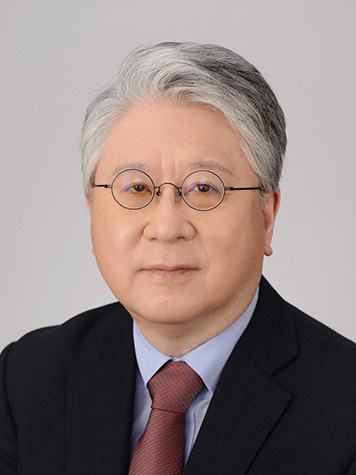


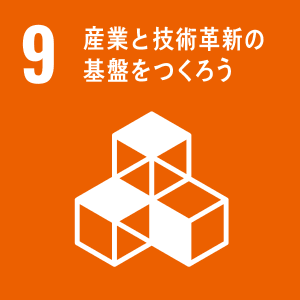
炭素以外の原子を環の構成元素に持つ有機化合物を複素環化合物といいます。複素環化合物は医薬品の基本構造として多く見られます。医薬品の88%が芳香族複素環構造を含み、医薬品の約50%が光学活性化合物であることから、光学活性複素環化合物の需要が高く、必要とされる構造を効率的に提供することが求められています。本プロジェクトでは、これまで、独自に開発してきた環境調和型合成に有効な触媒系を用いて、光学活性複素環化合物の効率的合成を行うことを目的としています。本触媒系によって行われる不斉アリル化は、導入した炭素-炭素二重結合を利用してさらなる分子変換ができ、複雑な分子構造に導くことができるため、医薬品合成に極めて有用な反応です。これまで窒素原子が一つの芳香族複素環化合物を中心にして研究を進めましたが、本年度は窒素原子が複数ある芳香族複素環化合物を中心に研究を進めます。さらに、関連する光学活性化合物群についても研究を進めていきます。
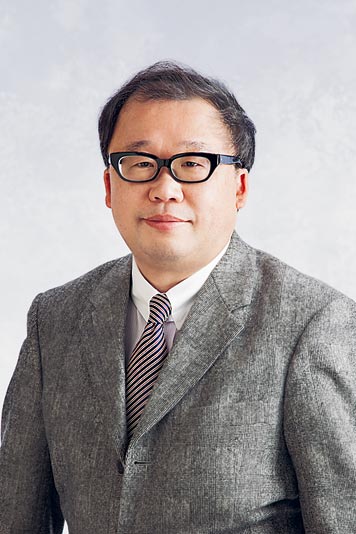
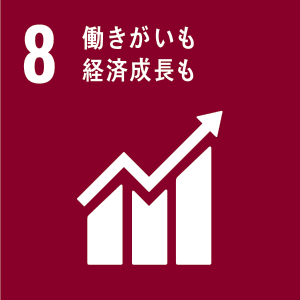



本研究ユニットでは,サステナビリティ情報を介した会計,保証,ガバナンスの3つの研究領域の分野横断的な知見,さらには「総合知」の創出を得るための研究を試みています。国際サステナビリティ基準審議会(ISSB)から2023年6月に『サステナビリティ報告基準』の公表があり,日本においても喫緊にサステナビリティ情報の開示制度の確立が必要になっていると言えます。本研究ユニットにおいて,制度,理論,実務の観点からその先鞭をつけることで,今後の日本における新しいディスクロージャー制度の確立に向けての貢献が期待できます。
サステナビリティ経営が21世紀の企業経営を標榜していると考えると,コーポレートガバナンスは企業の方向づけと統制を行うシステムと捉えた「企業統治」の訳語は適当とは言い難くなっていると考えられます。サステナビリティ経営の目的は,ステークホルダーのための価値創造と結びついているため,本研究ユニットでは,コーポレートガバナンスは,取締役会の適切な行動,並びに取締役会と株主の間の良好なコミュニケーションを促進する手段として捉えて,会計,保証,ガバナンスを包括する概念して考察を深めています(図1)。それとともに,経済,経営,会計を連携して考察することで(図2),企業経営と経済社会のサステナビリティの連結環となり得るコーポレート・ディスクロージャーについての総合的な研究を実現します。
本研究ユニットは,2023年度の日本監査研究学会の課題別研究部会報告として公表している。
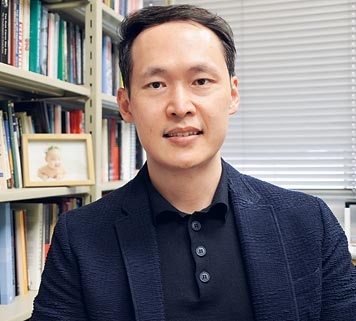
本研究の目的は、近年社会科学全般に広がりを見せているネットワーク分析の視点と手法を用いて、国際秩序変容のメカニズムを明らかにすることであります。具体的には、異なる地域や政策エリアにおいて形成されてきた国家間協力の構造を「可視化」すること、また、その変化をもたらしている要因とメカニズムを解明することを目指しています。その際、本研究ユニットは、ネットワーク科学(network science)の理論とデータ解析の手法が、これらの目的を達成する上で有効かつ斬新な分析のツールを提供するという理解を共有しています。
ネットワーク科学で国際関係を分析する利点の一つは、ミクロ(国家をはじめとした個別アクターの行動)とマクロ(国家間関係の構造と秩序)のつながりを深く、かつ体系的に理解することを可能にするという点にあります。これまでの国際秩序の分析も「ミクロ的基礎付け」を重視してきたものの、それを合わせるだけではマクロ・レベルの変化を捉えきれません。ネットワーク科学では、ミクロの主体は各ノード(点)になり、それらのノードがリンクの構造を通じてさまざまな相互作用を起こし、ネットワーク全体に影響を与える形で、ミクロとマクロのつながりを捉えることが可能になります。
こうした問題意識の下、本研究プロジェクトの各メンバーは、ネットワーク科学の国際関係論への応用の可能性について理解を深めつつ、それぞれ入手・利用可能なデータに基づき、国家間のつながりの変容に関する予備的研究を進めています。



生きている細胞内の酸素は、生命活動の維持に必要不可欠であり、細胞内で多様な機能を示します。一方、酸素が足りない状況は、がんなどの重篤な疾患で発生することが知られており、細胞内の酸素濃度を知ることは、がんの発生や悪性化の検出につながり、非常に重要です。当研究ユニット「酸素プローブ」は、細胞内や生体組織内の酸素濃度を簡便に計測する手法を開発するために設置しました。2023年度は消光作用を持つアジド基が酸素濃度が低い細胞内(低酸素細胞内)で還元される事実に着目し、低酸素細胞の細胞核およびミトコンドリアで発光する機能分子(分子プローブ)の開発に成功しました。この分子は、酸素濃度の変動履歴も追跡できることから、酸素濃度を指標にした新しいがん診断薬となることが期待されています。
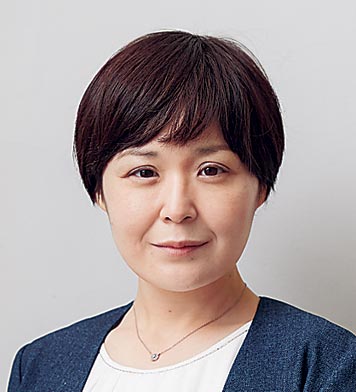


本プロジェクトでの論点となっている、「住宅は、社会的なものなのかどうか、コミュニティ形成にどのように関わるのか」というテーマに合わせて、各自が研究を進めました。
永山は昨年度に引き続き、ドイツ・シュツットガルトHallschlag地区を事例に、1955年に東独難民の流入をきっかけに建設されたデッサウアー通りの市営住宅の住民の流動性の度合いと、その住民の出入りの実態や住民の職業分布の変遷を分析しました。1955年と1969年とを比較した結果、同通りの市営住宅にて市の主要産業ならびにその関連産業の職業の人々が主要な住民となっている点は、他地区と共通していることがわかりました。しかし彼らの流動性や寡婦の割合の上昇は、この地区の特徴的な点であり、コミュニティ形成の在り方に影響を与えたといえます。
木下は昨年度に引き続き、17~20世紀の日本社会における住宅保障が、いかに「市場主義と自己責任」に規定されていたかを追究しました。近世日本の村人たちにとって、「市場主義と自己責任」にて「尊厳ある」住まいを保障することの意味を明らかにしました。また、1920年代の小作慣行調査から、地主が小作人に対し、主屋を提供ないし貸与することを、通常の慣行とする府県が一つもないことも判明しました。近代に進行する地主制においても、やはり小作人たちは、「自己責任」にて家屋の維持・管理に努めなければならなかったのです。
黒石は住宅と地域の関連について3つの方向から調査研究を行いました。①西山卯三らにより戦時中から住宅営団、戦後の住宅公団で展開された住宅計画について、従来の方法論を中心とした議論だけでなく、パターナルな特徴の背景の思想や問題意識についてアーカイブ資料から検討しています。②ロックフェラー財団のアーカイブで、戦後の米国占領期における文化政策の視野と方向性を調査しました。③日本の戦後公共住宅の主要な形態である集合住宅の計画が都市計画にどう位置付けられたか、関東大震災後の展開、戦後加速した郊外開発やコミュニティ形成との関係について調査・研究をしています。
シーダーは大牟田の炭鉱の社宅の研究を、ジェンダー、労働運動、記憶、という点に着目して行いました。労働者の獲得や彼らの従順な働きを期待して供給された社宅は、戦後、「主婦会」に見られるような主婦の生活運動の場になり、また、社宅内での対立も含め、ストライキの現場にもなりました。また、社宅取り壊し後、社宅があった、という事実を拠り所にして、そのコミュニティの記憶や記録はより鮮明に再認識・維持されています。
ユニットメンバー3名は、国際学会EAJSで、住宅政策とウェルビーイングの展開に関する国際比較のパネルで発表しました。発表の中に、この研究会で得た知見の一部を盛り込みました。また、昨年と同様、オンライン講演会も開催し、ラインヒルデ・クライス氏にはA hands on approach. Squatting, DIY and city planning in Germany since the 1970sというタイトルで、ヤン・ローゲマン氏には、„Consumption (and Housing) in Postwar (West)Germany“というタイトルで講演してもらいました。国際的な学術交流を進めることができた一年でした。
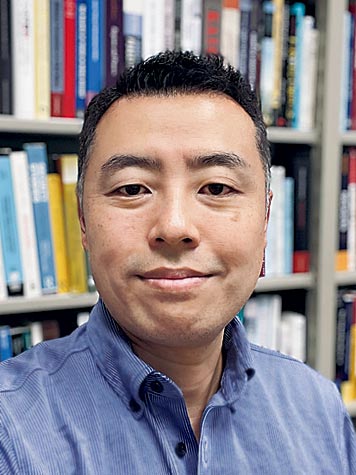


2000年に採択された国連安保理決議1325は「女性・平和・安全保障」を掲げ、国連平和維持活動(PKO)への女性要員の派遣を推奨しましたが、女性要員がPKOのパフォーマンスに与える影響はまだよくわかっていません。そこで本研究ユニットは、女性要員を増やすことが紛争地域の市民に対する暴力の減少にどのような効果があるのかを、暴力事件の犠牲者数のデータ分析と南スーダンなどPKO事例の研究・実務関係者へのインタビューによって明らかにしようとしています。PKOにおけるジェンダー多様性の効果を実証的に評価することで、政策的な提言にもつなげたいと考えています。コロナ禍のために現地での調査をエージェントを通じた手法に切り替えていますが、これまでの分析からは軍事部門よりも警察部門の女性要員が紛争地域の暴力抑制に影響するのではないかということがわかってきています。今後は政策効果をさらに検証するとともに、オンラインも含めた事例調査も進めていく予定です。
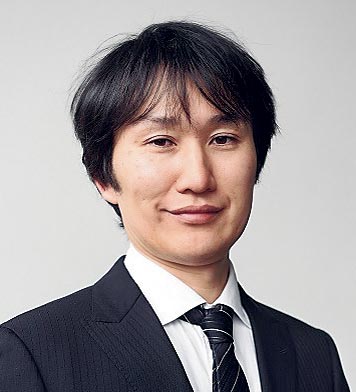

物理学的な手法を用いて、実験装置の開発や解析手法の開拓をベースに、心臓疾患のメカニズムの解明から、心臓の発生メカニズムまで、心臓について幅広い研究を行ってきました。心臓細胞の集合体を培養すると、自律的な拍動を引き起こします。電気刺激が拍動を励起することは知られていますが、我々は力学的な刺激により拍動を引き起こすことに成功しました。自律拍動の周期と刺激のタイミングの関係が重要で、それを可能にするシステムを開発しました。そして、刺激のタイミングにより、心臓細胞の集合体自体のテンションが上昇することを発見しました。現在、心臓疾患例である線維芽細胞の筋線維芽化との関係を調べています。また、共焦点顕微鏡や原子間力顕微鏡を導入し、ゼブラフィッシュの発生過程における心臓の弾性変化を調べ、弾性の変化が心臓の発生に重要であることを発見しました。今後は、弾性変化の操作法を確立して、弾性変化の生命科学的な理由を探査します。
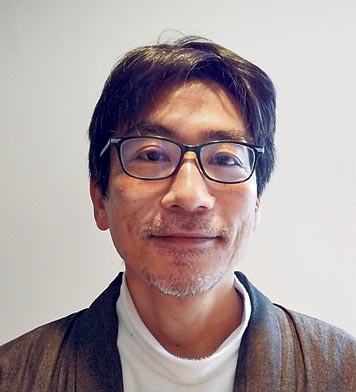
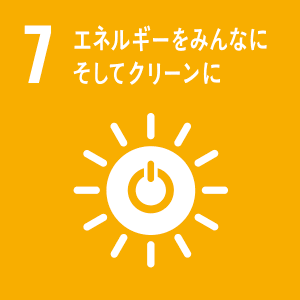


少子高齢化問題とエネルギー問題は昨今とりわけ頻繁に目にするニュースなのではないでしょうか.2010年に1億2807万に達した日本の人口はその後減少に転じており,2065年には9000万人を割るものと予想されています.一方,長らく温暖化対策に対して後ろ向きだった日本政府もカーボンニュートラル宣言を行ってからは,温暖化対策を加速化させるようになってきています.
さて,「少子高齢化で人が減れば,エネルギー消費も自然に減るだろう」と単純に考えてしまいそうですが,事はそれ程単純ではありません.それは少子高齢化とともに家計の標準的なライフスタイルも変遷していき,社会構造も変化するからです.本プロジェクトでは,人口動態の変化がエネルギー消費に与える影響を調べるため,バルセロナ自治大学との国際共同研究を行いました.
これまで, Int. J. Econ. Policy Stud. や Popul. Environ. といった専門雑誌で成果論文を報告してきましたが,2025年2月に最終成果物の書籍をRoutledge 社から刊行する予定です.
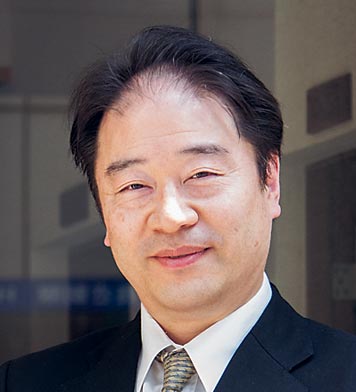

本研究ユニットでは、ますます分断と対立が厳しさを増す現代世界における、聖書的な「和解」概念の今日的意義を探求してきました。特に、ポストコロナ時代、さらにはウクライナとガザでの危機に直面している世界への宗教的貢献を企図して聖書学的研究を進めてきました。
旧約聖書の成立に決定的な影響を与えた「バビロニア捕囚」は、圧倒的な新バビロニア帝国の力に屈した古代イスラエル共同体において、既存の価値観や体制、宗教観を根底から覆す出来事でした。歴史の分水嶺となるこの出来事は、故郷喪失と離散を経て、異質なる他者との和解と共生の思想を展開させる契機ともなったと考えています。
その根拠となる旧約ヘブライ語テクスト、新約ギリシャ語テクストの文献学的、文芸学的、影響史的研究を踏まえて、「和解」がいくつかの他の概念、例えば「赦し」「贖い」「正義」「歩み寄り」などと、どのように連関性を有するかなどについても考察が進められ、2024年度中に成果を刊行する予定でおります。
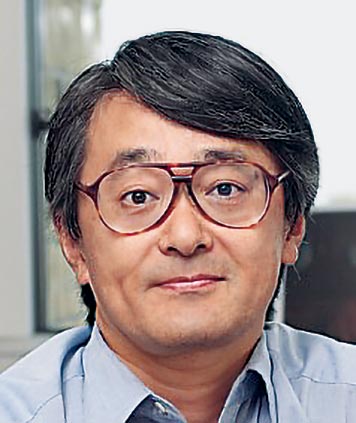


電子は素電荷を持ちながら自身は独楽のように自転しており(電子スピン)、スピンデバイスは発熱・エネルギー損失がない究極の次世代超低消費電力素子として注目されています。 中でも、どんな障害物にあたってもこのスピンが止まることのない不思議な物質「トポロジカル物質」が存在し大きな期待が寄せられており、我々は僅か原子数層の薄さの半導体をセロテープによる結晶の機械剥離で創製し、このトポロジカルスピン素子を研究しています。
今年度は、高誘電率を持つ特殊な基板(STO)にこのトポロジカル原子層を貼り付ける事で「量子ホールトポロジカル絶縁相(QHTI)」と呼ばれる新たな量子相が産まれることを発見し、インパクトファクター32を誇るAdvanced Materials誌(ドイツ)に掲載され大きな話題になっています。
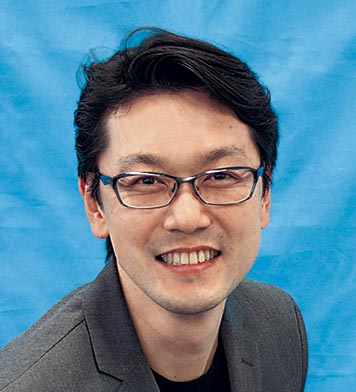



本研究の目的は、教育における伝統思想の影響に焦点を当てて、戦後確立されたと思われている民主主義や基本的人権に基づく人格形成が危機的な状況になる要因を思想史的に明らかにすることにあります。歴史的な転換期を迎えている今日、直面する可能性のあるキリスト教教育の課題を提示し、具体的な課題克服の道を示して、日本におけるキリスト教学校の今後の指針に資するものを公表することが目標です。
毎月研究会を実施していますが、今年度は特に外部講師を招いた2回の公開講演会を実施しました。一つは、国家神道研究の第一人者島薗進氏(参加者110名)をお招きし、戦後日本に国家神道の影響がどの様に継続しているか確認しました。もう一つは、元文部科学事務次官の前川喜平氏(参加者70名)をお招きし、現在の教育現場で起こっている問題を思想史的に学び、充実した学びと講演会を実施いたしました。次年度は、これまでの共同研究の成果を出版物として公開します。
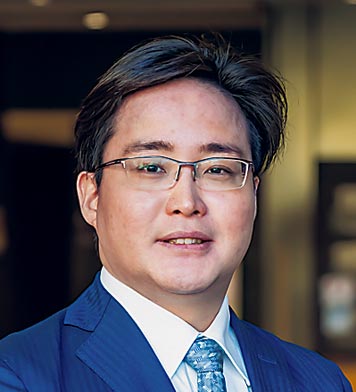



我が国における就職を希望する外国人留学生は留学生総数の約65%にのぼるとされます。政府も少子高齢化対策の一環として外国人受け入れを進める方針で、高い専門性を有する本学留学生などの高度外国人材の日本企業と社会への受け入れは日本の持続可能な発展に不可欠と考えられます。近年では、行政府や教育機関などによる支援も進められていますが、実際の留学生の就職率は4割ほどにとどまっているのが実情です。さまざまな事由が存在しますが、日本語コミュニケーションの側面から考察すると、この最大の障壁の一つは、業種や業界ごとに特徴の異なるビジネス日本語コミュニケーション力の不足であると考えられます。そこで本研究では、本学留学生や国内大学の留学生が在学期間中を通して高度なビジネス日本語コミュニケーション力を段階的に修得することができるICTを用いた仕組みの研究に取り組みました。具体的には(1)ビジネス現場における言語実態調査によるコーパスの構築、(2)コーパスに基づくオンデマンド学習用教材の開発、に取り組み、二年目にあたる2023年度は、オンデマンド学習用教材の基盤となるLMSの仕組みを検討しました。また、研究と関連して、外務省委託事業動画制作『新たな在留資格「特定技能」広報に関する企画・制作等業務』(制作:日テレアックスオン)の企画と監修を行い、日本の各地域で働く在住外国人の実情の把握やその状況の発信に取り組みました。LMSについては、学習効果を高めるための動画とクイズの作成なども進めています。質の高い教育を国内外のビジネス日本語学習を必要とする人々に提供することを目標とし、今後、システムの実装と運用、利用可能なコンテンツの作成と試用調査、システム拡充と公開へとつなげてゆきたいと考えています。
本事業は、新たな在留資格「特定技能」への理解向上と普及促進を通した円滑な外国人材受入れに貢献することを目的に実施されたものです。映像はダイジェスト+三つの本編が制作され、外務省公式「在留資格 特定技能」ページにて全編閲覧可能です。字幕での多言語対応も行われています。
